Upgrade your wall and attic insulation
Proper insulation is key to creating to a warm house. Wall and attic insulation act as a barrier, limiting winter chills from seeping into your living spaces.
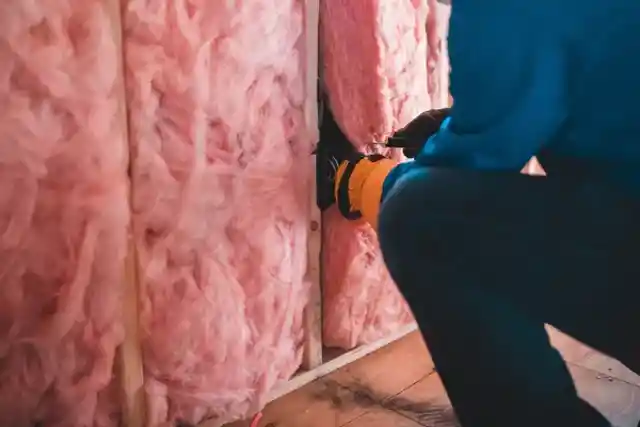

Reinforce insulation, to keep the warmth circulated by your heating system from escaping, ensuring each corner of your house retains its warmth.
Close off and seal unused rooms
Much like tending to various parts of life, directing our energy where it’s most needed is the best way to go. So closing off unused rooms allows you to manage and direct the heat to the spaces used the most.


Seal your doors properly and utilize draft stoppers for under door gaps to prevent that warmth from being misdirected to empty rooms.
Ensure all gaps around windows and doors are sealed
Windows and doors are often the key culprits in letting in that winter chill.
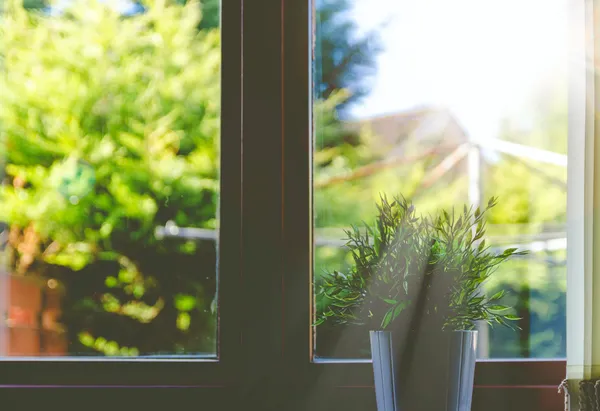

Any gap, no matter how insignificant it looks, becomes a two way tunnel – through which warmth escapes and cold air enters. So seal all gaps to protect your spaces from the inside out.
Regularly service your heating units
Regular maintenance of your heating units minimizes the risk of any faults at times when they’re most needed. No one wants to be sat in the cold waiting for emergency maintenance.


So, by keeping them functioning at peak efficiency, you’re not only increasing their longevity but also ensuring the warmth they provide is reliable.
Ensure radiators are clean and not obstructing heat circulation
Your radiators play a crucial role in spreading warmth throughout your home. Ensuring they are clean and free from obstructions enhances their ability to warm your rooms effectively.
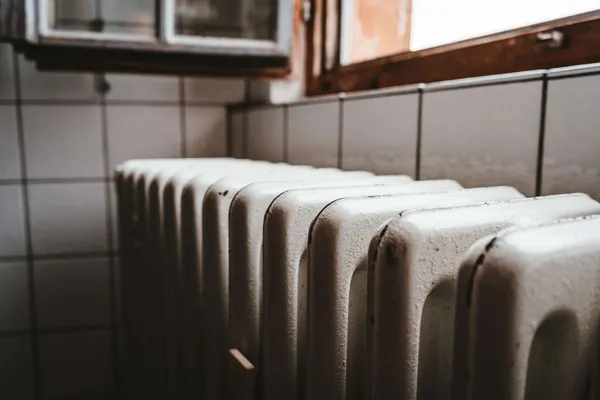

Sometimes, a simple adjustment like moving furniture away or eliminating dust can significantly elevate their performance.
Use chimney balloons to prevent heat from escaping
Fireplaces can be a hidden culprit for heat loss. Warm air naturally rises, and an unused chimney acts like a vent, letting this air escape.
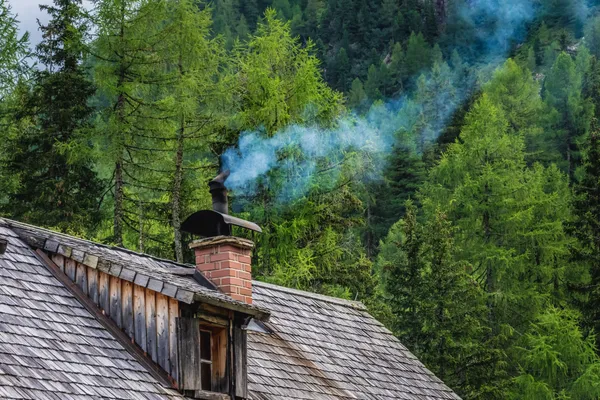

Using a chimney balloon, helps to block this escape route, ensuring your home’s warmth stays where it belongs: inside. Don’t let your fancy chimney be the route for your home’s extra costs.
Utilize double-glazed windows
Double-glazed windows, with their dual layers, act as an additional barrier, minimizing the heat exchange between your home’s interior and the cold exterior.
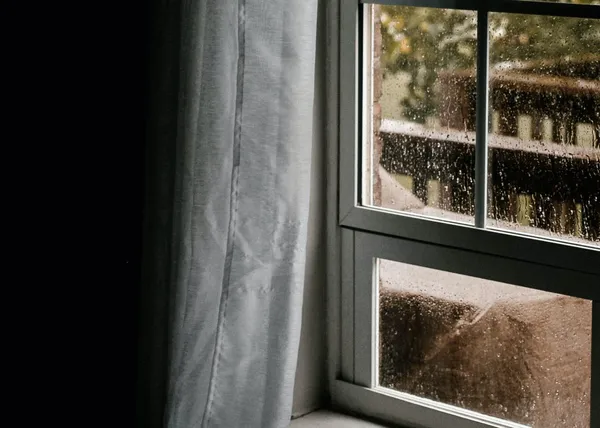

Installing them is not just an upgrade for the winter – these additional shields will also help prevent your home getting too hot in the summer months. It’s a double (pun intended) win!
Install solar panels to harness solar energy
While winter days can be short and sometimes gloomy, utilizing solar panels allows you to harness any available sunlight and convert it into energy for heating.
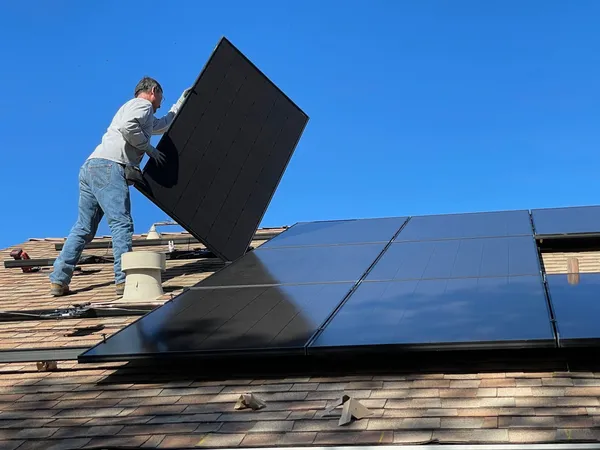

By generating your own power, even partially, you not only save on energy costs but you’ll also gain a degree of self-sufficiency.
Invest in a smart thermostat for efficient heating
Modern problems require modern solutions. A smart thermostat learns your heating preferences and adjusts accordingly, ensuring your home is warm when you want it to be and conserving energy when you don’t.
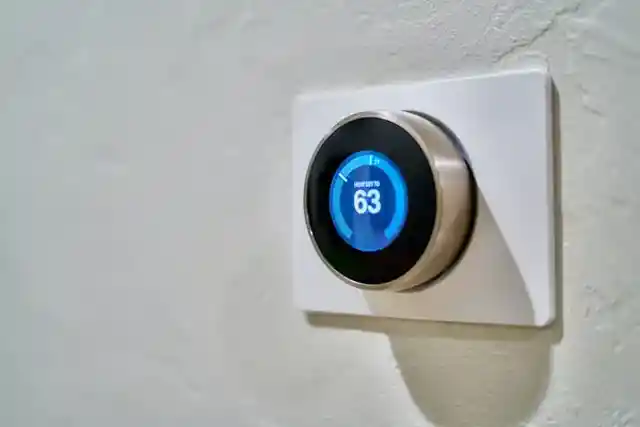
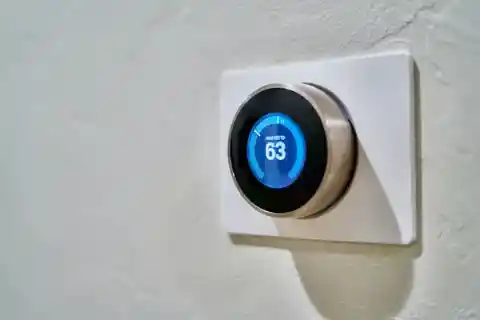
With remote access via smartphones, you can control your home’s temperature from anywhere, ensuring you always step into a warm home, no matter how cold it is outside.
Install underfloor heating
There’s nothing nicer than stepping in from the cold, taking your shoes off, and stepping onto a warm floor.
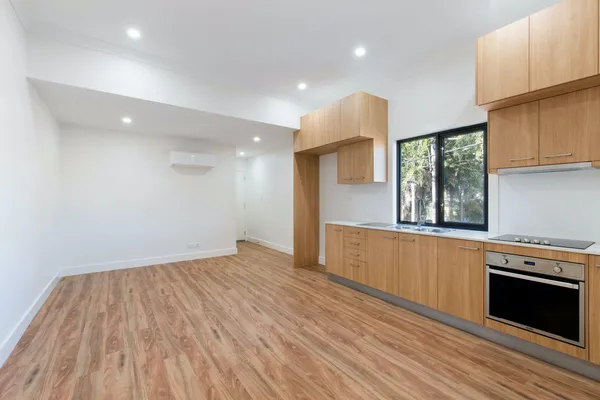

Underfloor heating doesn’t just keep your feet warm though, it provides an even, consistent warmth that rises gradually throughout the room, eliminating cold spots and enhancing overall comfort. Plus, it operates quietly and invisibly, removing the need for bulky radiators.
Set up programmable timers for your heating systems
Timers are great tools to maintaining a consistently warm home without wasting energy and racking up your bills.


By setting up programmable timers, you’ll be making sure that your heating system activates only when needed, preventing unnecessary energy use during the warmer parts of the day or when the house is empty.
Place draft excluders beneath exterior doors
Here’s another fuss-free bill saver: investing in some draft excluders. They’re a simple and cost-effective measure to keep the cold air out and the warm air in.


Place them beneath your exterior doors and safeguard your home against the invasion of chilly drafts.
Apply window insulation film to minimize heat loss
You might have already installed the double glazing. But, for an additional barrier against the cold, think of applying window insulation film.


It’s transparent, cheap, and subtle, and it adds another extra layer of insulation to your windows without affecting visibility or light.
Hang thermal curtains over windows
Windows, while essential for light and aesthetics, can be the biggest cause of heat loss. Consider switching to thermal curtains in the winter.
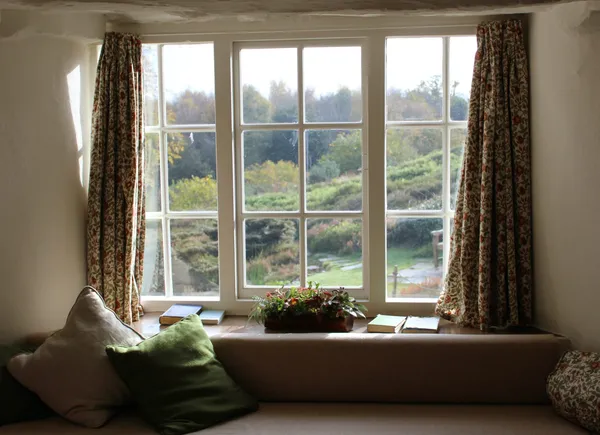

They act like a shield, providing an additional layer of insulation. They also offer the additional benefit of blocking out light and enhancing privacy making those winter evenings in the living room feel like you’re in a cozy, private retreat.
Utilize oven heat
Home-cooking not only means you’ll be eating heartwarming and nutritious meals but also releases additional heat into your home.


So, by opting to cook at home, you’re actually inadvertently utilizing the oven’s heat to add a cozy warmth to your space. The combination of comfort food with comforting temperatures makes for a delightful blend.
Drink hot drinks
Another one with a double purpose: these provide internal warmth and psychological comfort. A hot cup of tea, coffee, or cocoa can significantly raise your internal body temperature, providing a comforting warmth.


On top of this, the psychological effect of sipping a warm drinks can make you feel warmer and more relaxed, adding to your overall comfort.
Seal off pet doors or create an insulated flap
Yes, our furry friends also need to move in and out of the home, but pet doors can invite unwanted cold air inside.
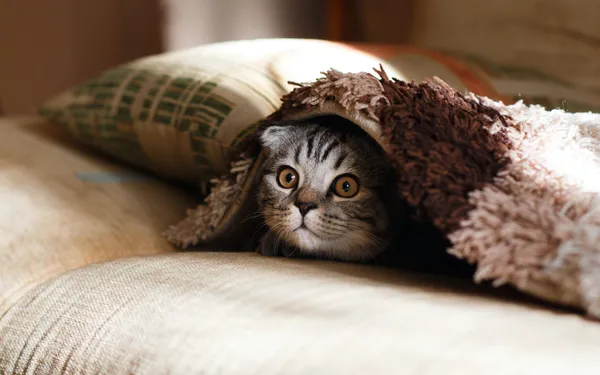

Think about investing in a insulated flap or totally seal off pet doors during especially cold days and nights. It’ll ensure that the chill stays out while providing a warm and comfortable environment for both you and your pets.
Opt for a smart meter
Smart meters are a great tool to track, manage, and optimize your energy usage. When utilized properly, you’ll be able to ensure that warmth is delivered when and where it’s needed most.


Make use of real-time data and maintain control over your consumption – it’ll minimize wastage and keep those winter energy bills in check
Attach radiator foil behind radiators
Every bit of heat produced in your home is precious during the cold months. Radiator foil, when placed behind radiators, reflects heat back into the room instead of allowing it to be absorbed by the walls.
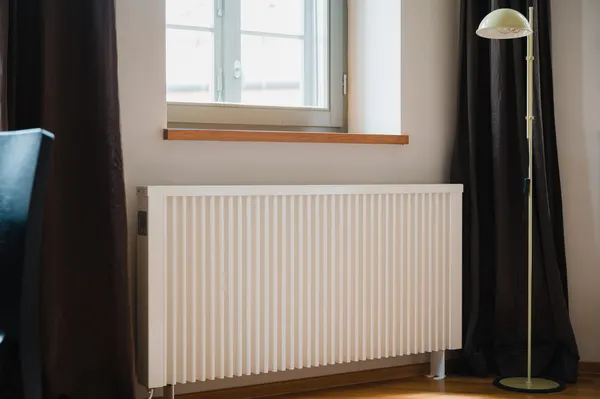

It’s a simple and effective way to maximise the warmth generated by your radiators.
Utilize door snakes to block drafts
Doors, especially under them, can let sneaky drafts. Place door snakes against the bottom your doors. They act as a simple barrier keeping cold air out and warm air in.
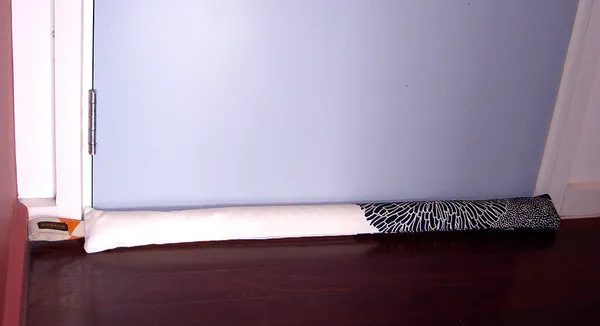

On top of this, they can act as a decorative touch. Coming in various designs, have a research to find one to match with your winter décor.
Use portable heaters
Sometimes, heating the whole house isn’t necessary. You might be recent empty nesters, not needing use of many areas of the house.


So, if you spend most of your time in the same few rooms – portable heaters could be your best bet. Whether you’re working in a home office or curling up with a book in the living room, these heaters bring the warmth directly to you.
Lay thick rugs on floors
While underfloor heating is a fantastic option, it may not be the most affordable option in the short term. In this case, think rugs are another way you can keep your feet, and house, warm.
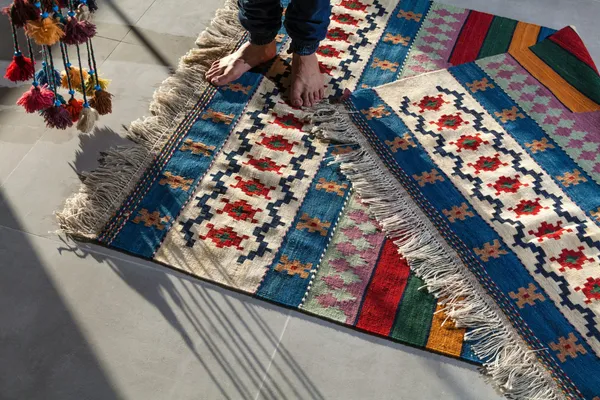

They add warmth and comfort underfoot and also reduce heat loss through the floor. Another bonus? Combine them with your door snakes to add enhance the aesthetics of any room.
Always layer up
Embrace layering during winter. It’s not just a fashion trend – wearing multiple layers of clothing creates insulating air pockets, effectively trapping your body heat.


You’ll be able to maintain a comfortable body temperature without having to excessively heat your entire home.
Choose flannel sheets
There’s nothing better than climbing into a warm bed on a chilly night. Opting for flannel sheets will make sure your bed is a cozy retreat.


Flannel sheets are specifically designed to retain heat and will make sure you stay comfortably warm throughout the winter nights.
Make regular use of hot water bottles
A classic solution to winter’s chill. Slipping a hot water bottle between your sheets before bedtime means you’ll be greeted with a warm and inviting bed.
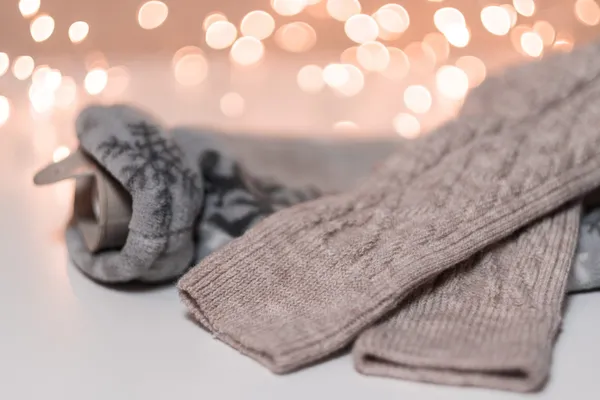

It’s a simple, energy-efficient method to ensure that your sleep is undisturbed by the cold, even on the coldest winter nights.
Deploy space heaters in frequently used areas
Space heaters are great compact heating solutions if you’re looking for a direct and localized source of heat. Place them in strategic spots where you spend your time means you can concentrate heat where it’s needed most.
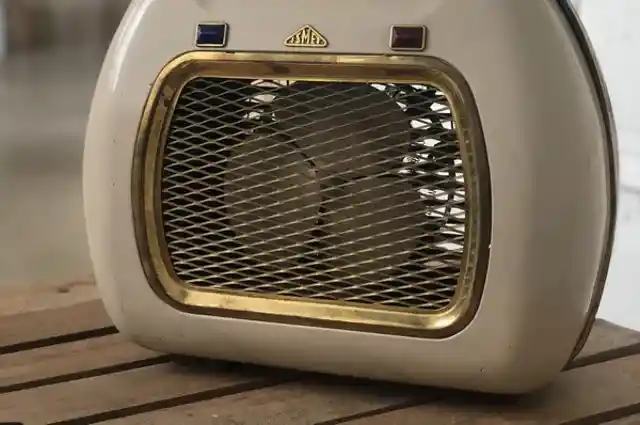
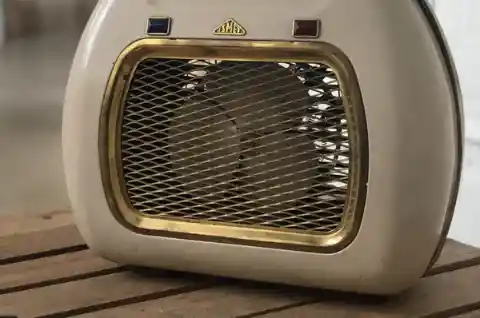
Who wouldn’t want to be sitting in a little pocket of comfort? Of course, there’s also the added benefit of not needing spend money heating your whole home.
Use electric blankets for extra warmth
Electric blankets have been trending online recently, and it’s for a good reason. When wrapped up in one, they provide a cozy cocoon while also serving as a personal heater.


They’re also an energy efficient method of keeping warm, as they allow you to lower the overall heating without sacrificing your comfort.
Leave your oven door open after use
Finished cooking your dinner? Once your oven has served its primary purpose, allow its residual heat to warm up the space.
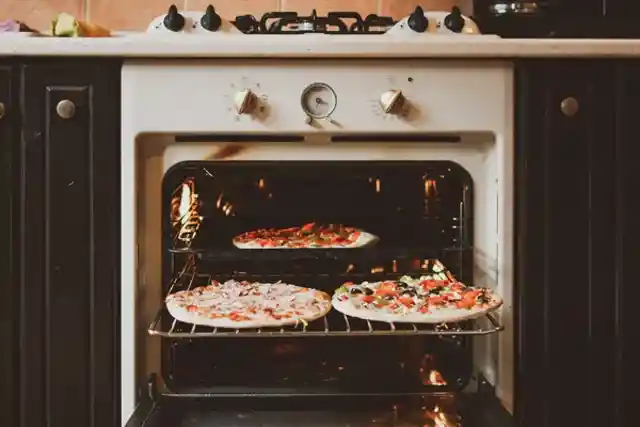

Leave your oven door slightly ajar post-cooking and it’ll circulate the warm air into your kitchen and beyond – repurposing heat that would otherwise be wasted.
Construct using thermal materials
Materials like concrete, bricks, and stone absorb, store and slowly release heat, playing a key role in maintaining a stable indoor temperature.
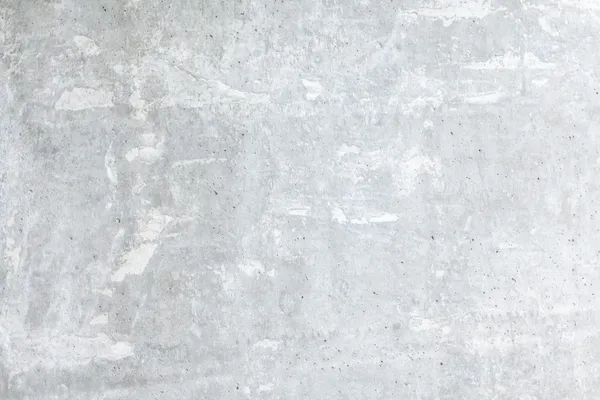

So, if you’re planning on doing some construction, thinking about incorporating these materials. Concrete and stone aren’t only in trend, but they’ll also store and gradually release warmth, reducing your reliance on artificial heating.
Let the sunshine in
Is there anything more powerful than the sun? So make sure to let the sunlight in during the day to bring warmth into your home.
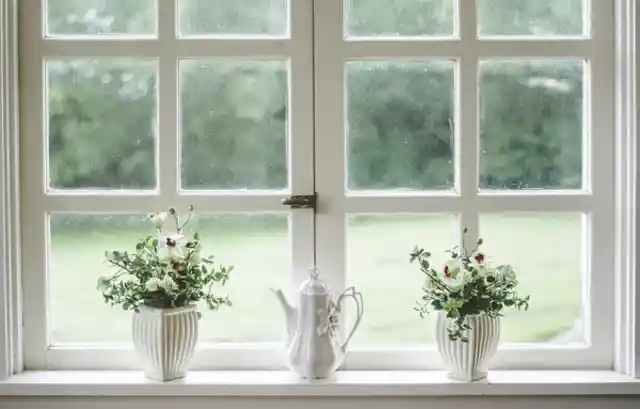
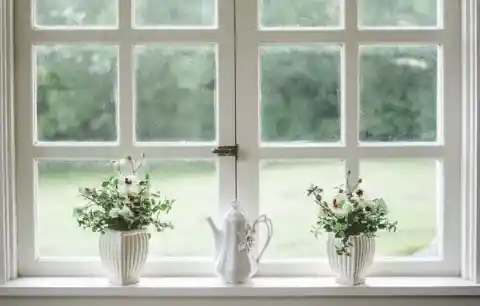
Make sure your windows are clean and unobstructed, so the sunlight can get in and naturally elevate the temperature of your room. In turn, you’ll be reducing the dependency on your artificial heating.
Establish wind blockers outside
Now, we’ve spoken a lot about what you can do inside your home to keep it warm, but what about outside? Implement outdoor wind blockers, such as shrubs, trees, or fencing, to shield your home against the brunt of cold winds.


By minimizing the impact of chilly breezes, you’ll not only protect the external structure of your home but will also be helping to keep it warm.
Design roofs to minimize snow accumulation
Implementing features like a steep roof or heated cables can facilitate the slide-off of snow, and hence reduce the effects of snow accumulation.


Without snow on your roof, you’ll be enabling your house to better absorb any available natural warmth from sunlight.
Embrace shared spaces
The benefits of this come twofold – gathering in shared spaces is socially rewarding but it’s also thermally beneficial. Body heat collectively elevates room temperature, while shared activities and conversations procide a welcome distraction from the cold outside.


A single, well-heated communal area also allows for the conservation of energy by focusing warmth where it’s most appreciated.
Bulk buy heating supplies
Staying on the topic of community – consider embracing a communal approach to purchasing heating supplies. Buying in bulk can reduce costs for individual households.


So, consider initialising a cooperative with your neighbors, to share in the financial savings and also foster a sense of community.
Prepare emergency kits in case of power outages
Winter storms can be merciless, often leading to unexpected power outages. Preparing an emergency kit with essentials like candles, blankets, non-perishable food, and flashlights can be a lifesaver.


It’s not just practical; it’s always comforting to know you have a plan and resources to fall back on.
Install heat lamps in frequently used areas
Heat lamps provide a direct, intense source of warmth, making them perfect for specific areas where you need a quick and strong heat source.
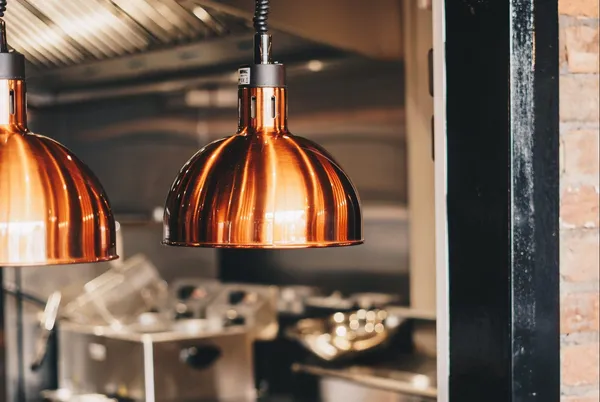

By situating them in your most-used areas, like over a reading chair or workspace, you offer yourself a cozy spot of warmth to retreat to.
Drape wool blankets over sofas and chairs
A simple act of draping wool blankets over your sofas and chairs can elevate the cozimess of your living spaces.


Not only do they act as an additional layer of insulation, but they also make the room feel more warm – both visually and physically.
Adopt a zoned heating approach
Implementing a zoned heating approach means designating specific areas or ‘zones’ in your home to be heated independently of one another.


It’s a strategic approach – allowing you to warm the areas you occupy most without unnecessarily heating the whole home. You wouldn’t want to be heating a bathroom that’s never used… after all, there’s nothing worse than throwing your money, quite literally, down the drain.
Reverse your ceiling fans
Here’s a small adjustment with a noticeable impact –reversing your ceiling fans to rotate clockwise. Swapping the direction of rotation means they gently push the rising warm air downwards, evenly distributing it throughout the room.
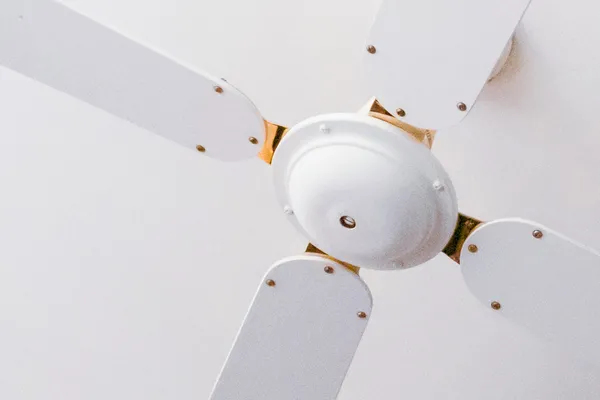

So, if you’ve got ceiling fans in your house, ask a professional if they’re able to reverse them for the winter months.
Opt for thermal wallpaper
Implementing thermal wallpaper is a smart move toward enhancing your home’s heat retention during the cold winter months.
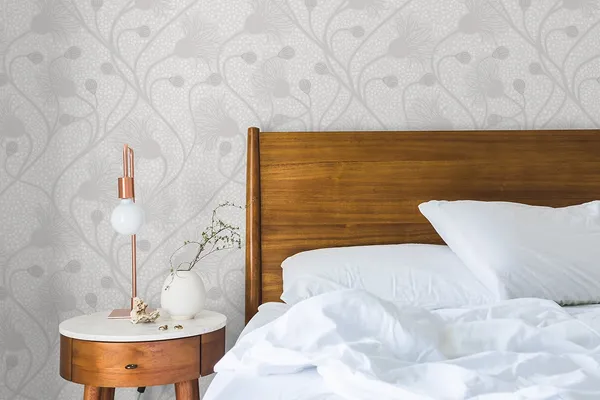

This type of wallpaper comes with an extra insulating layer, providing a boost to your wall’s ability to keep warmth in and cold out. In addition to the practical benefits, it also gives you the opportunity to refresh and personalize your interiors.
Keep moving
Many of us lead sedentary lifestyles, especially if we're working from home. Staying seated for long spells is a famously unhealthy choice.


However, staying seated can also make you much colder. A brisk indoor exercise routine, or just moving frequently indoors, will boost your circulation and help to keep you warm.
Choose your clothes wisely
Not all textiles are made equal. Whether you're indoors or outdoors, your winter clothes should be made from fabrics that insulate you effectively.
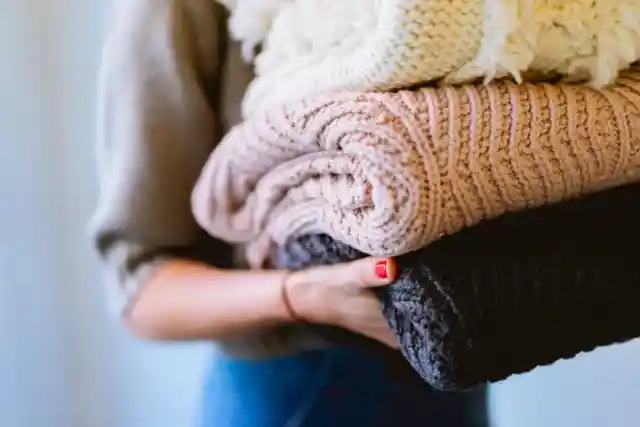

Wool is among the best insulators, outperforming cotton and polyester in scientific studies. Wool-acrylic blends, as well as spandex, are likewise useful in shielding you from the cold.
Cold weather payments
Depending on your location, income and benefits, you may be entitled to extra funds to help you through a cold snap.


In the UK, for example, when the weather dips below zero for a week, people with certain benefits or Support for Mortgage Interest are entitled to a Cold Weather Payment. This sum is intended to help with fuel costs.
Keep up-to-date with extreme weather forecasts
When the temperature outdoors plummets, weather can be more unpredictable. It is essential to stay up-to-date with the forecast during these periods.


By checking the forecast for snow, hail and prolonged cold snaps, you can stock up at home and plan whether to use your fuel more sparingly.
Keep your pets cosy
A dog with a thick winter coat can be the friendliest hot water bottle around - but it's important to ensure that your furry friends aren't left out in the cold.


Keep them entertained with short walks and indoor play, and make sure that they're sleeping in a draught-free spot. Add extra blankets to their beds if needed.
Prioritize heating your living room in the day
If you're short of cash for fuel, you should pour your efforts into heating your main living room during the day.
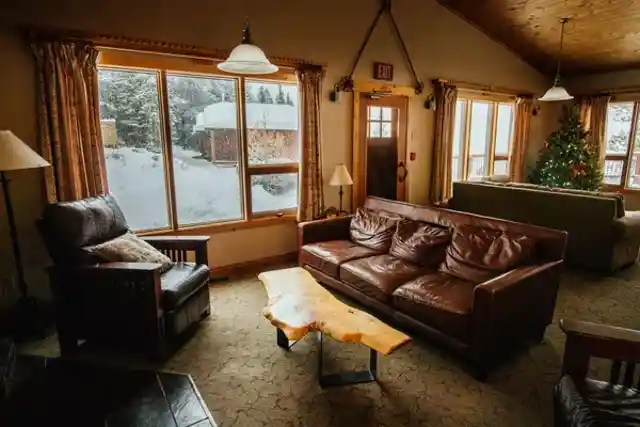
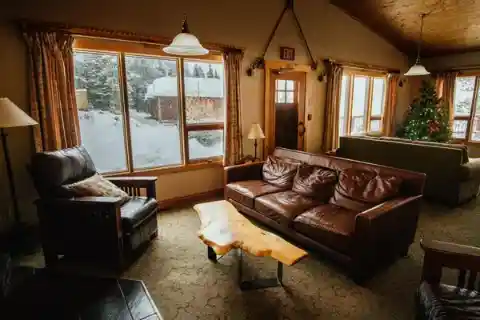
By limiting heating to your main living space, and leaving other rooms unopened and unheated during the daytime, you can bring your bills down.
Try thermal underwear
Thermal underwear, also known as a base layer, is a type of specialist clothing designed for very harsh, cold conditions.


As well as insulating your body, thermal underwear manages sweating, which can otherwise cause your body to cool down. It also traps a layer of warm air close to your skin.
Turn up the bedroom heating before bedtime
If you're limiting heating to certain rooms, make sure that you begin heating your bedroom well in advance of bedtime.


By using a timer or turning on the radiator in this room plenty of time before you sleep, you ensure that your room is toasty for a good night's sleep.
Don't knock thatch
Think that thatched houses are just a useless relic of the past? Think again. Thatch is reportedly a much better insulator than any other traditional roof covering.
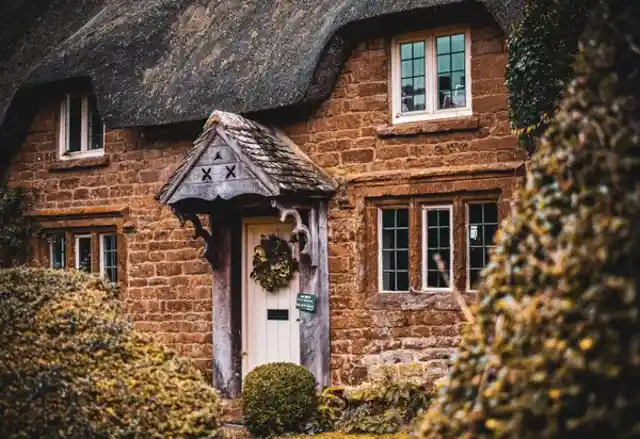
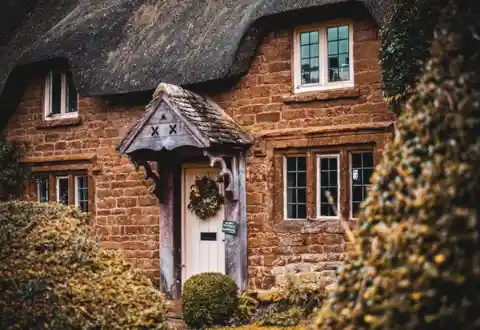
So if you're considering moving into an older property, remember that thatched houses could be the cosiest homes on the block, if well-maintained.
Use a log burner
If you live in a colder climate, it may be worth investing in a log burner. Installed in your fireplace, it offers a far more effective heating solution than an open fire.
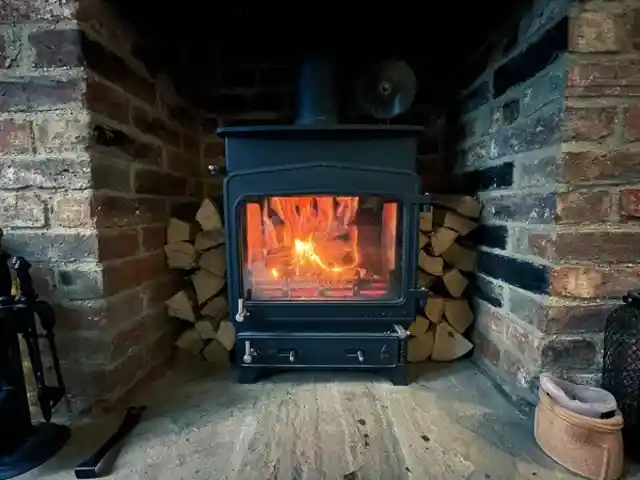
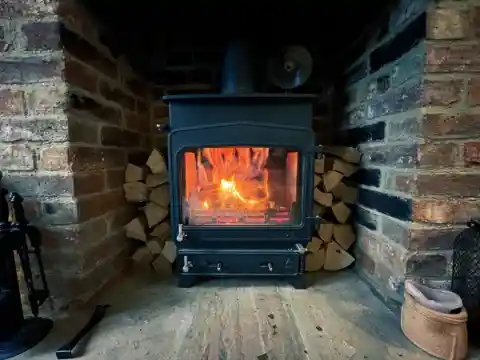
The Energy Saving Trust has calculated that a log burner can take down your overall heating bills by as much as 10 per cent.
Use pencil pleat curtains
With their tightly-gathered design, pencil pleat curtains are a marvel when it comes to keeping your home as cosy as possible.


Their shape gives them a better chance at covering the majority of the window and trapping heat in the room, not to mention blocking out unwanted light.
Arrange a boiler service
An old boiler can be a huge drain on your fuel as well as your financial resources. Regular boiler services will keep it in tip-top condition.


It is wise to have your boiler checked by a professional well in advance of Christmas to avoid any nasty surprises in colder months - not to mention the prospect of a long wait to book an expert.
Refit or replace skirting boards
Like floorboards, older or loosely fitted skirting boards can create draughty gaps that let household heat trickle away through the floor.


By refitting and sealing skirting boards regularly, you will increase the energy efficiency of your household in a small but significant way.
Cork-based insulation is effective and eco-friendly
Damp-resistant cork, which is harvested from the bark of cork oaks, can be turned into highly effective wall insulation bricks.


Cork also has noise-cancelling properties and is among the more eco-friendly wall insulators on the market today, since it is recyclable and biodegradable.
Remember to ventilate
While it may seem counterintuitive to open a window during very cold weather, it is essential even in the depths of winter to ventilate your home.
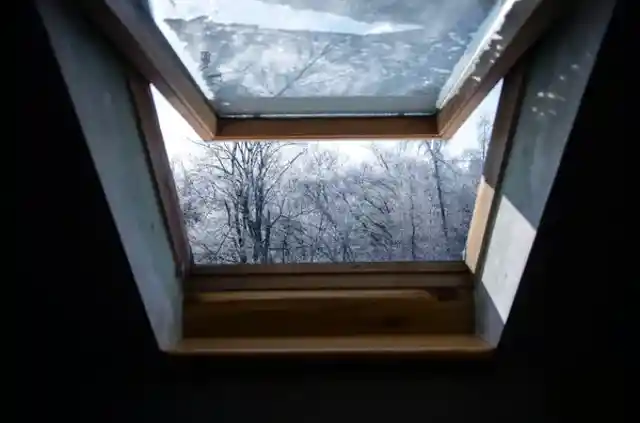
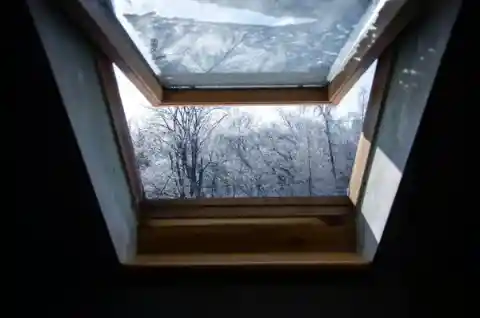
By opening your window even for a brief period, you help to reduce mould and dampness within your home. If you have a thermoelectric actuator, your heating will actually work better in a ventilated room.
Use honeycomb blinds
Honeycomb blinds, also known as 'cellular', have a pocket-filled structure that traps air - a powerful insulator in its own right.
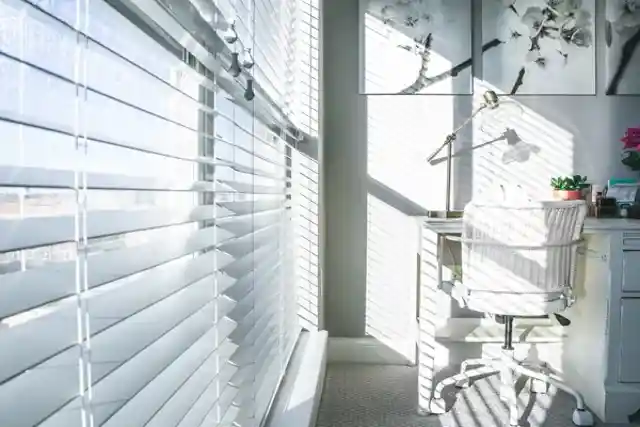
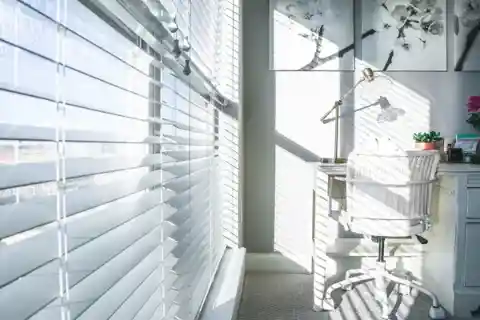
Honeycomb blinds have the double benefit of trapping warmth in the winter, while blocking external heat in the summer.
Install carpet underlay
While it may a less exciting purchase than a new carpet, carpet underlay is instrumental in keeping your home well-insulated.
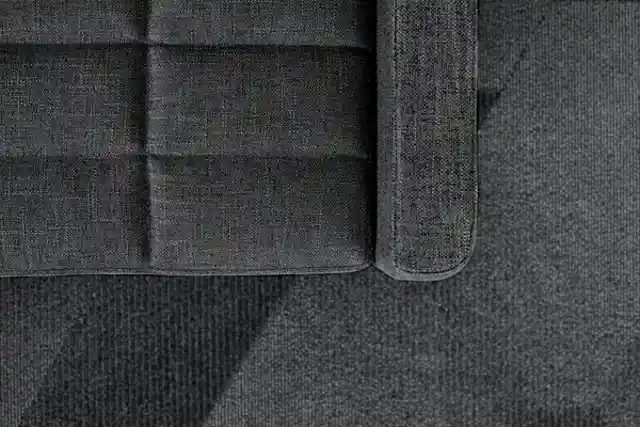

Along with its insulating properties, carpet underlay can also muffle sound from the floor below and provide a more cushioned and spongy sensation underfoot.
Use a floorboard filler
Older floorboards may add some aged glamour to a room, but they may be warped and ill-fitted. Cracks between them are a notorious culprit for draughts.


There are plenty of commercial products available to fill in these floorboard gaps and create a sealed surface. Just remember: any wood floor must be varnished before a filler is applied.
Aerogel is an air-filled insulator
Aerogel is an extremely insulating material invented in 1931. Samuel Stephens Kistler reportedly invented it to perform a trick involving a jelly jar.
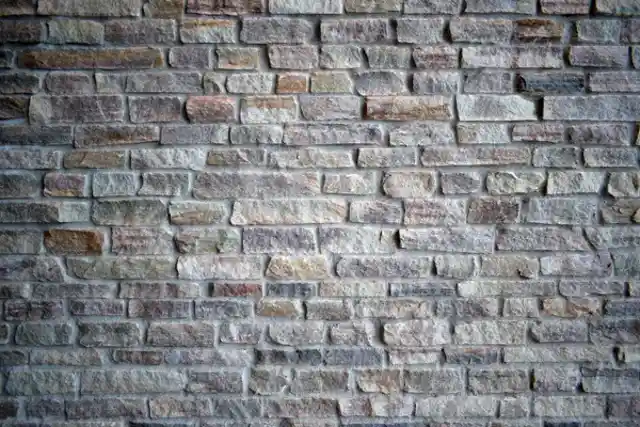
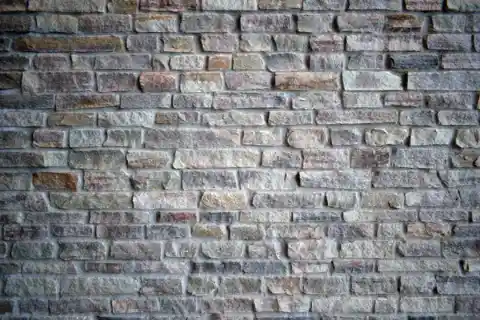
This very lightweight material is excellent at filling every nook and cranny in wall spaces. But like many other chemical insulators, it can be expensive.
No more cold feet
You may have heard the expression "getting cold feet", but did you know that feet are one of the body parts most susceptible to cold? This is caused by poor circulation to the body's extremities.


A pair of warm, fluffy bed socks can improve your night time temperature and help you to get to sleep faster.
Close your curtains in the mid-afternoon
Even on the coldest days of the year, when the sun might seem to offer no real benefit, it can help to heat your house.
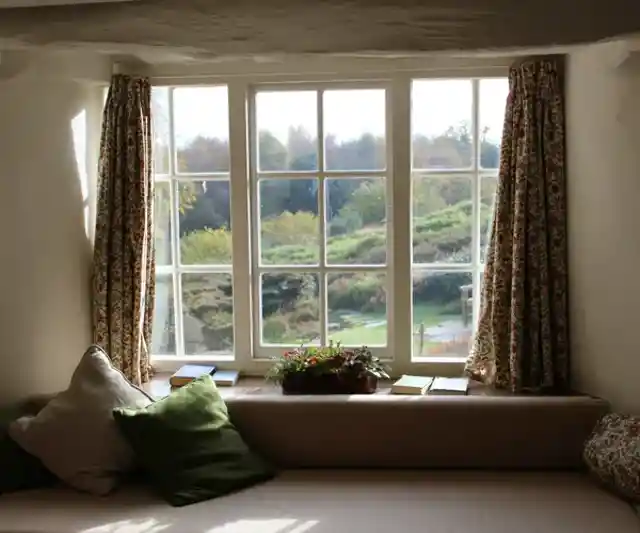
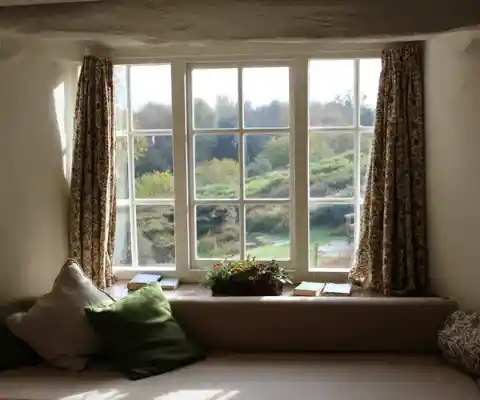
Keep your curtains open during daylight hours, and close them as the darkness draws in - which can be as early as mid-afternoon in winter.
Use pipe lagging
Pipe lagging is a foam tube that is wrapped around pipes to keep them warm. This conserves heat and makes sure water arrives in your sink piping hot.
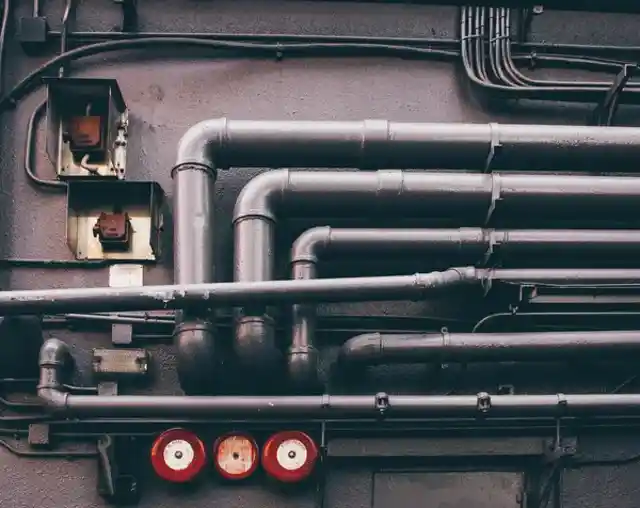
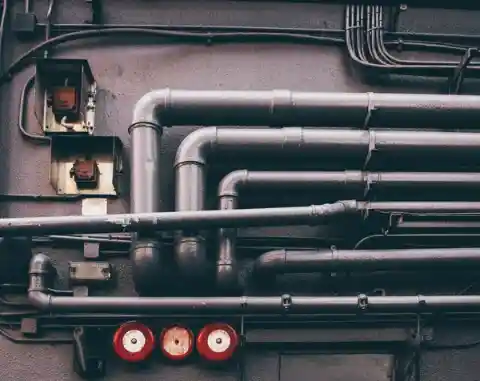
Lagging also protects pipes from freezing and cracking in cold weather, an incident that can be surprisingly costly as well as inconvenient.
Icynene works wonders
Icynene is an insulating spray foam made from petroleum extract. It is easily applied to the insides of walls, where it expands into an air-trapping matrix.


Extremely effective in insulating your home, icynene is safe within the home, but its manufacturing process does result in toxic chemicals.
Add candles
While it might feel like an old-fashioned solution, a candle or two can add considerably to the cosy feeling of a room.


As well as providing their own tiny heat source, they can convey feelings of cosiness through their light and aroma.
Consider your perfect temperature
Rather than simply heating your household as much as possible, it's wise to establish what temperatures work best for you and your family.
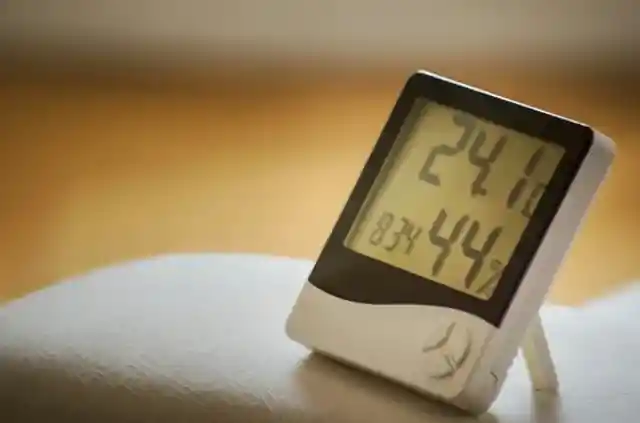

You should establish your family's ideal temperatures for work, downtime and bedtime. On average, women tend to feel the cold slightly more than men do.
Consider wool insulation
All kinds of unorthodox materials can be used in modern wall insulation, but some experts have returned to one of the oldest materials that ever kept humans warm.
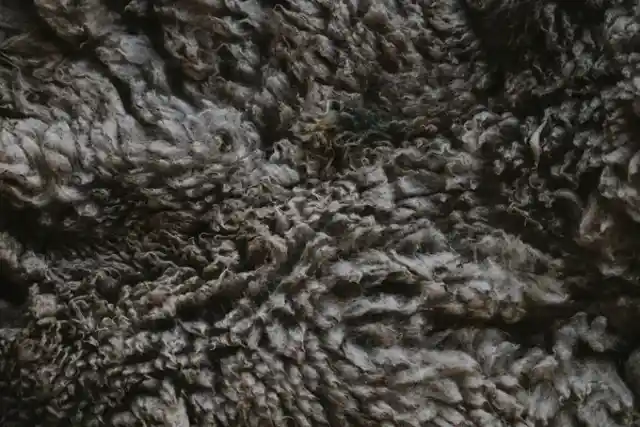

Sheep's wool can be bundled into wall insulation blocks. Its fibrous structure traps air and repels water, making it an ideal material to keep your home warm and dry.
Denim can help to keep your home warm
One particularly environmentally friendly type of wall insulation is cotton, in the form of recycled denim. It can be treated with chemicals to ensure it isn't flammable.
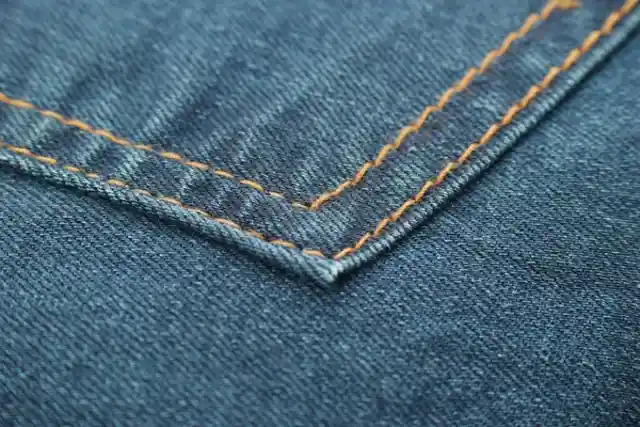
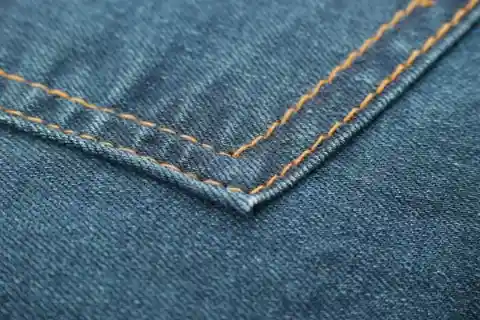
This material's warming and robust properties translate well from clothing to housing, although denim is a costly option in large quantities.
Build a personalised plan
A holistic approach to heating your home might include examining energy bills, analysing your fuel usage and even recruiting an expert.
Some companies and institutions offer expert and targeted advice on how to improve your home's heat efficiency. British Gas, for example, offers a Home Health Check that includes a home visit.
Check your dampers
Dampers are devices that manage how much air enters or leaves a duct or chimney. You may come across dampers in your own home, indicated by markings or handles.


Some dampers have different recommended settings for summer and winter, for insulation purposes. This is why it's useful to find and research these hidden valves.
Change your furnace filter
Heating and air conditioning units may contain furnace filters that purify the air before it circulates in your home. The system may break if your furnace filter is damaged.
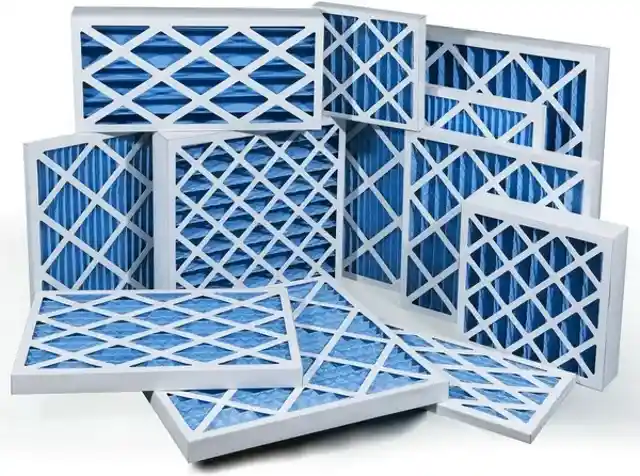
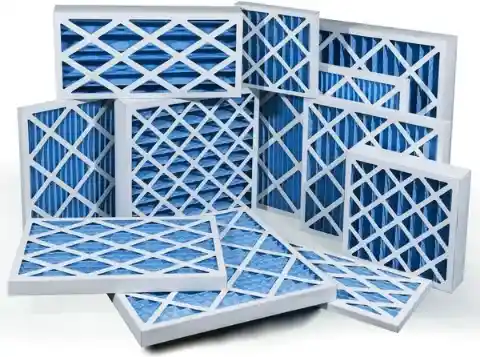
Likewise, furnace filters often accumulate dirt and grime over the years. Check and change them regularly to ensure your heating systems run smoothly.